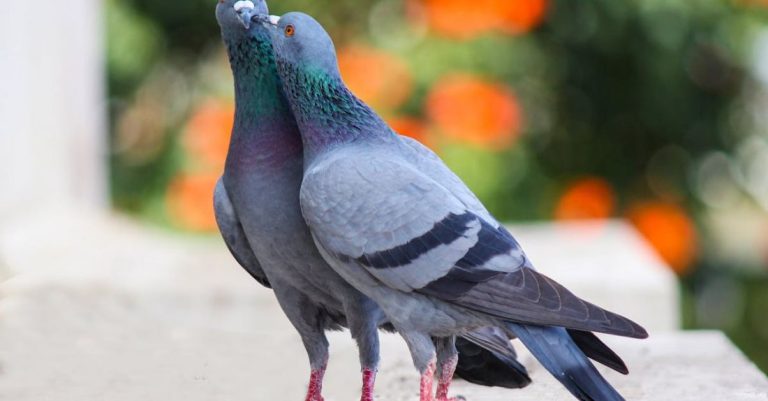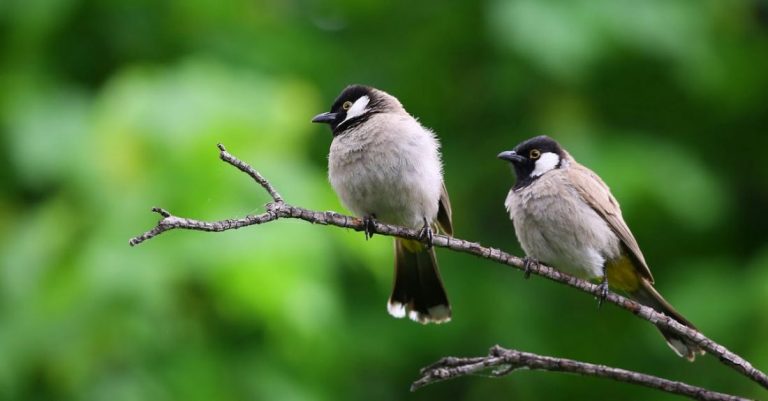
Bird watching is a popular hobby enjoyed by many outdoor enthusiasts. Whether you are a beginner or a seasoned birder, having the right pair of binoculars can greatly enhance your bird watching experience. With so many options available in the market, choosing the right binoculars can be overwhelming. Here are some essential tips to help you select the perfect binoculars for bird watching.
Understanding Binocular Terminology
Before delving into choosing the right binoculars, it is essential to understand some key terminologies associated with binoculars. Binoculars are identified by two numbers, such as 8×42 or 10×32. The first number represents the magnification power, while the second number indicates the diameter of the objective lens in millimeters. A higher magnification power allows you to see distant birds closer, while a larger objective lens diameter lets in more light, resulting in brighter images.
Consider the Magnification Power
When it comes to bird watching, the ideal magnification power ranges between 7x and 10x. Higher magnification may seem appealing, but it can also make the image shakier, especially without a tripod. Lower magnification provides a wider field of view, making it easier to track birds in motion. Opting for a magnification power of 8x or 10x is generally recommended for bird watching as it strikes a good balance between magnification and stability.
Choose the Right Objective Lens Size
The size of the objective lens determines how much light enters the binoculars, affecting the brightness and clarity of the image. For bird watching, an objective lens size of 42mm is considered ideal as it offers a good balance between light-gathering capability and portability. Larger objective lenses, such as 50mm, can provide brighter images, but they also make the binoculars heavier and bulkier. On the other hand, smaller objective lenses may compromise image quality, especially in low-light conditions.
Opt for Quality Optics
Investing in binoculars with high-quality optics is crucial for a satisfying bird watching experience. Look for binoculars with multi-coated lenses that reduce glare and improve light transmission, resulting in sharper and clearer images. Additionally, consider binoculars with phase-corrected prisms, such as roof prisms, for better color accuracy and image contrast. While high-quality optics may come at a higher price, they are worth the investment for avid bird watchers seeking superior image quality.
Check the Field of View
The field of view refers to the width of the area visible through the binoculars at a specific distance. A wider field of view allows you to observe birds in their natural habitat without constantly adjusting the binoculars. When choosing binoculars for bird watching, opt for a wider field of view, typically around 300 feet at 1000 yards. A generous field of view is especially beneficial when observing birds in flight or scanning a vast area for different species.
Consider the Eye Relief
Eye relief is the distance between your eyes and the binocular eyepieces where you can still see the entire field of view. For bird watchers who wear glasses, a longer eye relief is essential to accommodate the extra distance created by the glasses. Look for binoculars with an eye relief of at least 14mm to ensure a comfortable viewing experience for both glasses and non-glasses wearers.
Choose a Durable and Waterproof Design
Bird watching often involves outdoor adventures in various weather conditions. Therefore, opt for binoculars that are not only durable but also waterproof and fog-proof. A rubber-armored coating provides a secure grip and protects the binoculars from impacts. Waterproof and fog-proof binoculars are sealed with O-rings and filled with inert gases to prevent moisture from entering the lenses, ensuring clear views even in challenging environments.
Select the Right Size and Weight
When choosing binoculars for bird watching, consider the size and weight of the binoculars, especially if you plan to carry them for extended periods. Compact and lightweight binoculars are convenient for bird watchers on the move, while larger binoculars may offer better image quality but can be cumbersome to carry. Strike a balance between portability and performance by choosing binoculars that are comfortable to hold for prolonged bird watching sessions.
Test Before You Buy
Before making a final decision, it is essential to test the binoculars to ensure they meet your expectations. Visit a local store or attend bird watching events where you can try out different binocular models. Pay attention to factors such as image quality, comfort, and ease of use. Testing the binoculars in various lighting conditions and observing different bird species can help you determine which pair suits your preferences and needs.
In conclusion, choosing the right binoculars for bird watching is a personal decision that depends on your specific requirements and preferences. By considering factors such as magnification power, objective lens size, optical quality, field of view, eye relief, durability, size, and weight, you can select binoculars that enhance your bird watching experience. Remember to test the binoculars before making a purchase to ensure they meet your expectations and provide you with clear, bright, and immersive views of the avian world. Happy bird watching!





